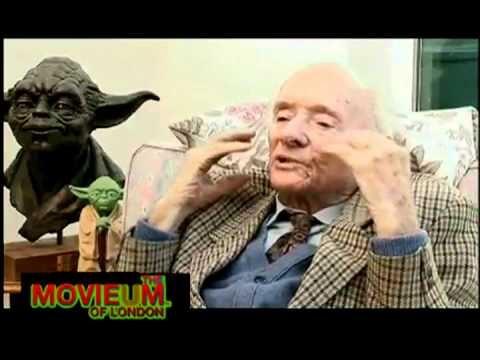The following comes from a 1939 issue of The New Yorker. I don’t know if traveling plays still need to be destroyed after the show closes, but I do know you still see a lot of scenery and props end up in the trash at the end of a run.
Flashing Finish
by John McNulty, Eugene Kinkead, and Russell Maloney
It was all rather sad about “The Flashing Stream,” the play written by Charles Morgan, the London critic, which flopped here after being such a success in London. The cast went away in a huff, one of them declaring that presenting the play over here was like putting vintage claret before whiskey drinkers. We poured ourself a stiff slug of redeye at ten last Monday morning and went around to the Biltmore Theatre to watch a curious rite connected with the demise of an English play. When a British production is brought over here, God forbid, the scenery and props are admitted duty-free only on the understanding that at the conclusion of the run they must be either shipped out of the country or destroyed. Nine times out of ten the management elects to destroy them.
When we arrived at the Biltmore we found a jolly crew of vultures from the Williams Transfer Corporation on the stage of the Biltmore, dismantling the single set, an ancient fortress. They were under the supervision of Frank Williams, a partner in the company, a gray-haired veteran of the scenery-transport business. He told us that the general practice had been to chop up the scenery and props right onstage, but that in this instance the customs men had ordered a burning. This, he told us, would necessitate a trip up to the Colgate dumps, near the Bronx River. When they got their trucks loaded, a customs official appeared, checked the inventory, down to the last vase of artificial flowers, and assigned a guard who was with him to make the trip to the dump and see it all burned. We followed the trucks in a taxicab, brooding on the impermanence of everything.
The dump is a large, bare expanse with a pit that smolders eternally, yawning for English drama. The truckmen, half a dozen of them, made a pile of the scenery. “We’ll need gasoline,” somebody said. “This is all fireproofed.” One of the truckmen winked. “The hell we will,” he said, touching a match to the pile. It went up in flames at once. The truckmen, like destructive brownies, skipped about the flames and yelled. “Gone with the wind!” cried one, throwing into the flames a billboard picture of Margaret Rawlings, the star. Another man disemboweled a sofa and set fire to the insides. Then they all began hurling small objects into the flames—cushions, glassware, vases, occasional chairs, all the paraphernalia of English acting. Our last sight of the holocaust, as we drove off in our cab, was a man who, under the approving gaze of the customs guard, was prancing about with an armful of artificial tiger lilies, pitching them one by one into the flames.
Original appearance: McNulty, John, Eugene Kinkead, and Russell Maloney. “Flashing Finish.” New Yorker 29 Apr. 1939: 18-19. Print.

